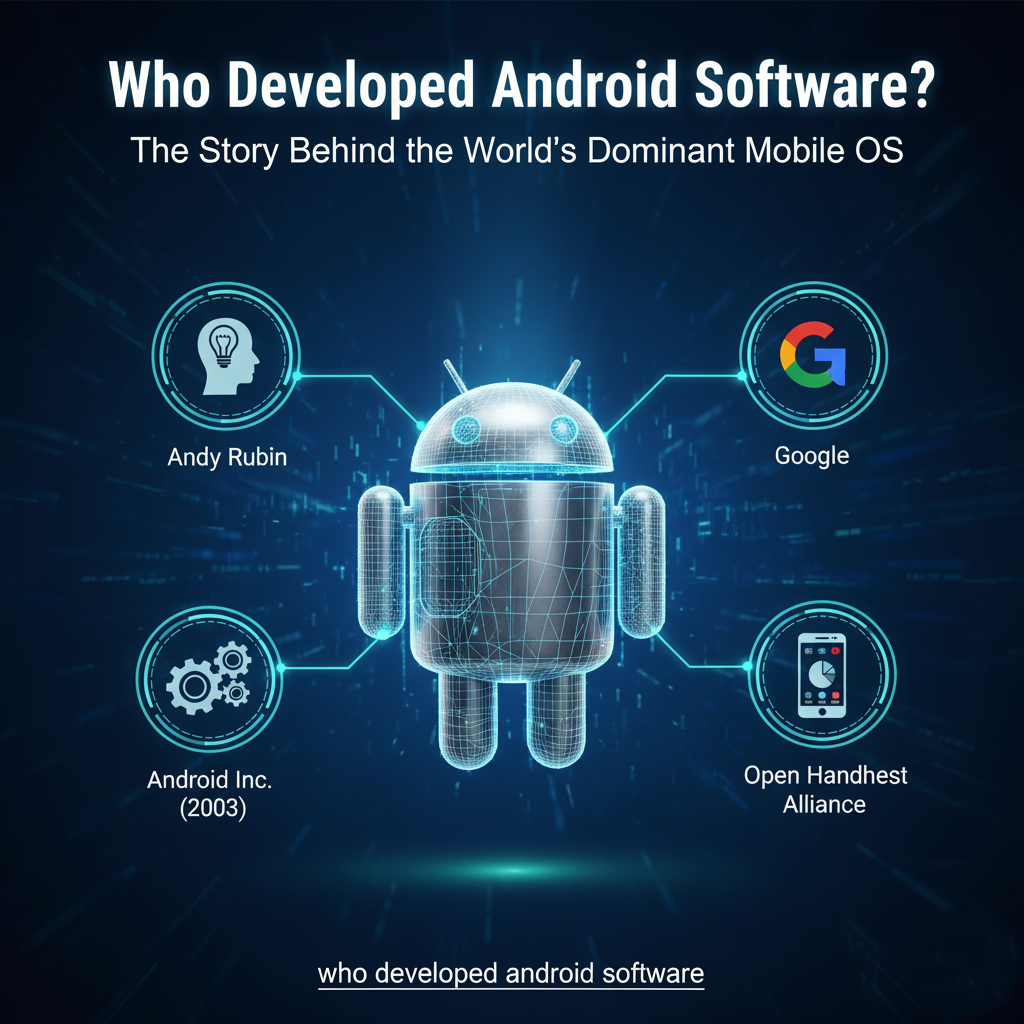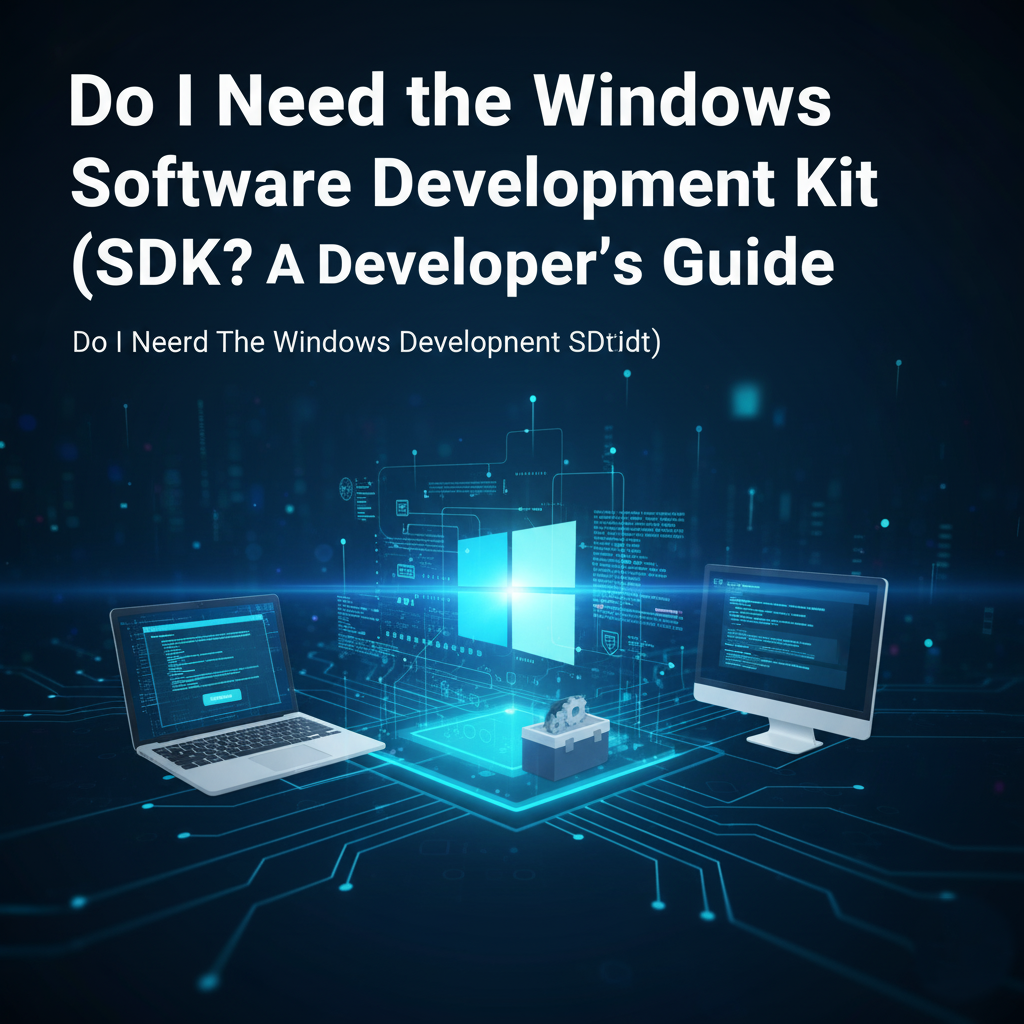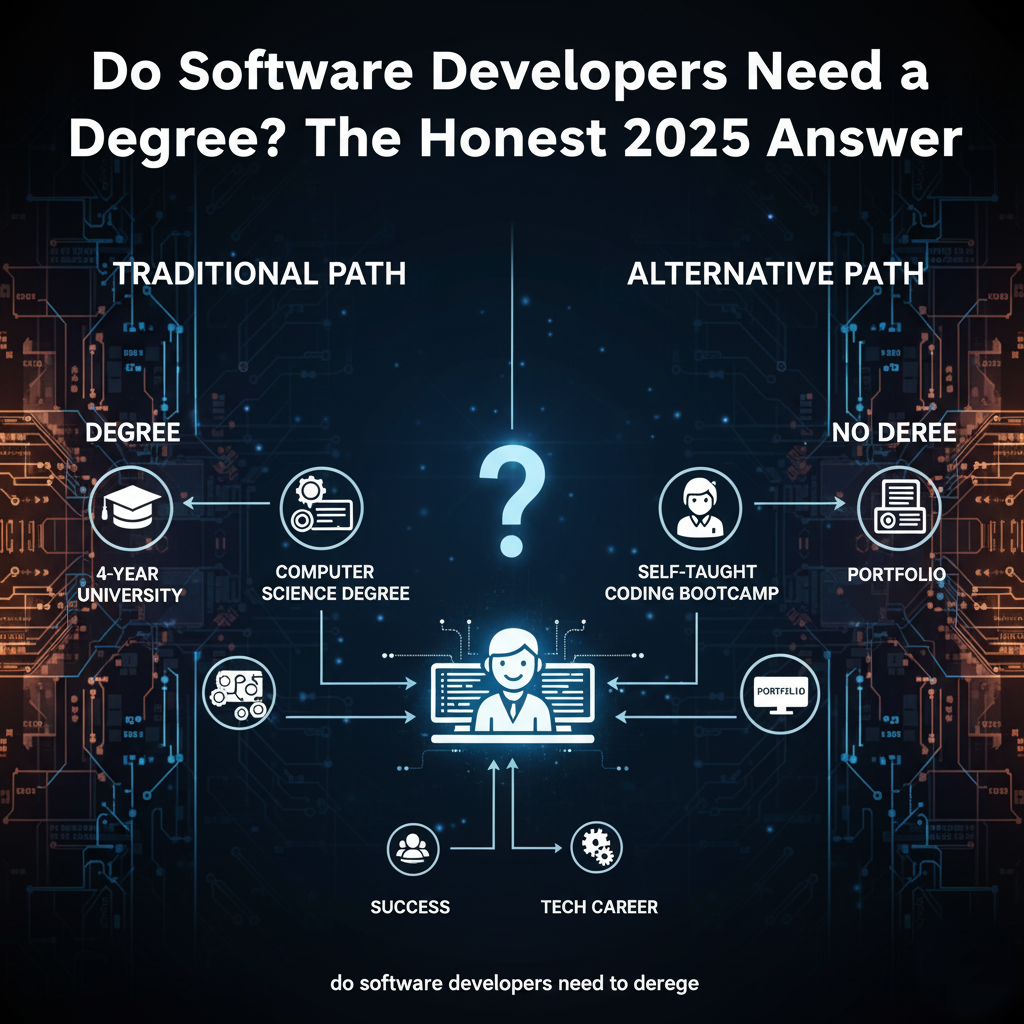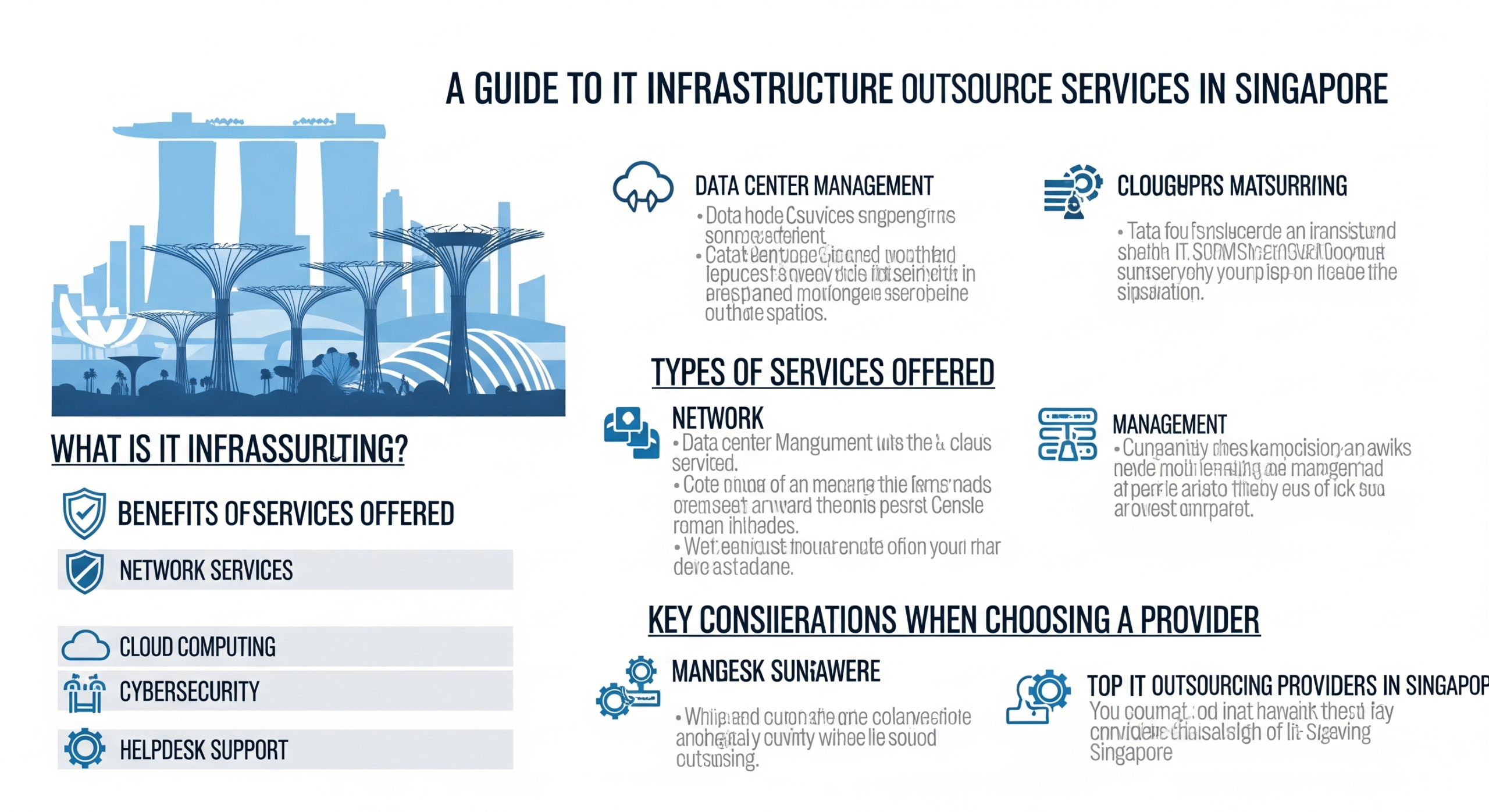With over 3 billion active devices worldwide, Android powers everything from smartphones and tablets to smartwatches and TVs. It’s the undisputed king of mobile operating systems. But have you ever stopped to wonder, who developed Android software? The answer is a fascinating tale of visionary engineers, a strategic acquisition, and a bet on open-source technology that would forever change the tech landscape.
This isn’t just a story about a company; it’s about the people and the philosophy that built a platform empowering billions. Let’s dive into the history of Android and uncover the minds behind its creation.
The Original Founders: Android Inc.
Contrary to popular belief, Android was not originally created by Google. The Android we know today was born from Android Inc., a startup founded in Palo Alto, California, in October 2003.
The four key founders were:
- Andy Rubin: Often called the “father of Android,” Rubin was the driving visionary. A talented engineer, he had previously co-founded Danger Inc., which created the popular T-Mobile Sidekick, a pioneering internet-connected phone. His experience with mobile devices was crucial to Android’s early direction.
- Rich Miner: A co-founder of Wildfire Communications, Miner brought extensive expertise in voice recognition and human-computer interaction. He played a key role in the software’s early development and later became a key figure at Google Ventures.
- Nick Sears: As the former VP of T-Mobile, Sears provided critical business and carrier relationship expertise, helping shape the commercial strategy.
- Chris White: A design and interface expert from WebTV, White was instrumental in defining the early user experience and look-and-feel of the operating system.
Their initial goal wasn’t even to create a phone OS for the masses. The company’s original plan was to develop an advanced operating system for digital cameras. However, they quickly realized the camera market was limited. Seeing the potential of the burgeoning mobile phone market, they pivoted to creating a flexible, powerful OS for smartphones that could compete with established players like Symbian and Windows Mobile.
Google’s Strategic Acquisition: The Turning Point
By 2005, Android Inc. had developed a compelling prototype but was running low on funds. Meanwhile, Google, under Larry Page and Sergey Brin, was looking for a way to enter the mobile market and ensure its services remained dominant as people shifted from desktop to mobile computing.
In a move that would prove to be one of the most consequential acquisitions in tech history, Google purchased Android Inc. in August 2005 for an estimated $50 million. Andy Rubin and his team stayed on to develop the OS under Google’s wing, with Rubin leading the project for nearly a decade.
Google’s vast resources and long-term vision were the rocket fuel Android needed. The project was transformed from a promising startup idea into a ambitious mission to create a free, open-source mobile platform.
The Open Handset Alliance and Public Debut
Google knew it couldn’t take on the mobile industry alone. To truly compete, it needed widespread hardware and carrier support. In November 2007, Google formed the Open Handset Alliance (OHA), a consortium of tech companies, handset manufacturers, and telecom carriers.
The OHA’s goal was to openly advocate for and support the Android platform. Founding members included heavyweights like Qualcomm, Broadcom, HTC, Samsung, and T-Mobile. This united front was a direct challenge to the closed, walled-garden approach of Apple’s newly announced iPhone.
Just over a year later, in September 2008, the first commercially available Android phone launched: the HTC Dream (also known as the T-Mobile G1). It featured a slide-out keyboard, a clickable trackball, and the first version of the Android OS (now known as Android 1.0).
Key Milestones in Android’s Development
Under Google’s stewardship, Android evolved at a breakneck pace:
- Android 1.5 Cupcake (2009): Introduced the on-screen keyboard and widgets.
- Android 2.2 Froyo (2010): Added significant speed improvements and support for Adobe Flash.
- Android 4.0 Ice Cream Sandwich (2011): Unified the experience for phones and tablets with a sleek, new design language.
- Android 4.4 KitKat (2013): Optimized the OS to run smoothly on a wider range of devices, boosting its global adoption.
- Android 8.0 Oreo (2017): Focused on background limits and notification management to improve battery life and performance.
- Modern Android (10+): Emphasis on privacy, security, foldable devices, and seamless updates.
So, Who Owns Android Today?
While Google owns the Android brand and oversees its development, the core operating system is open-source. This means the base code, known as the Android Open Source Project (AOSP), is free for anyone to use, modify, and distribute.
Google licenses its proprietary suite of apps (Gmail, Maps, Google Play Store, etc.) to device manufacturers. This is how Google maintains control over the ecosystem and generates revenue, while the underlying OS remains free. Manufacturers like Samsung, Xiaomi, and OnePlus then take AOSP and customize it with their own interfaces (like One UI or MIUI).
Conclusion
The development of Android software was a collaborative effort that began with a small, visionary team at Android Inc. and was supercharged by Google’s acquisition and strategic vision. While Andy Rubin and his co-founders built the foundation, it was Google’s bet on an open-source model and the support of the Open Handset Alliance that enabled Android to become the global powerhouse it is today.
The answer to “who developed Android?” is multifaceted: it was Andy Rubin’s team, it was Google, and in a way, it was the thousands of developers and manufacturers worldwide who have contributed to and adapted the open-source platform, making it the ubiquitous force it is today.
Frequently Asked Questions (FAQ)
Q: Who is the current owner of Android?
A: Google is the owner of the Android brand and oversees its development. However, the core Android Open Source Project (AOSP) is open-source and available for anyone to use.
Q: Why did Google acquire Android?
A: Google saw the future of computing shifting to mobile devices. They acquired Android to ensure their services (like Search and Maps) would remain relevant and widely used in the mobile era, and to prevent the market from being controlled by closed platforms.
Q: What was Android’s original purpose?
A: Surprisingly, Android was originally conceived as an operating system for digital cameras. The founders quickly pivoted to smartphones when they recognized the larger opportunity.
Q: Is Android based on Linux?
A: Yes, the Android kernel is based on the Linux kernel, which provides the core system services like hardware drivers, memory management, and process control.




